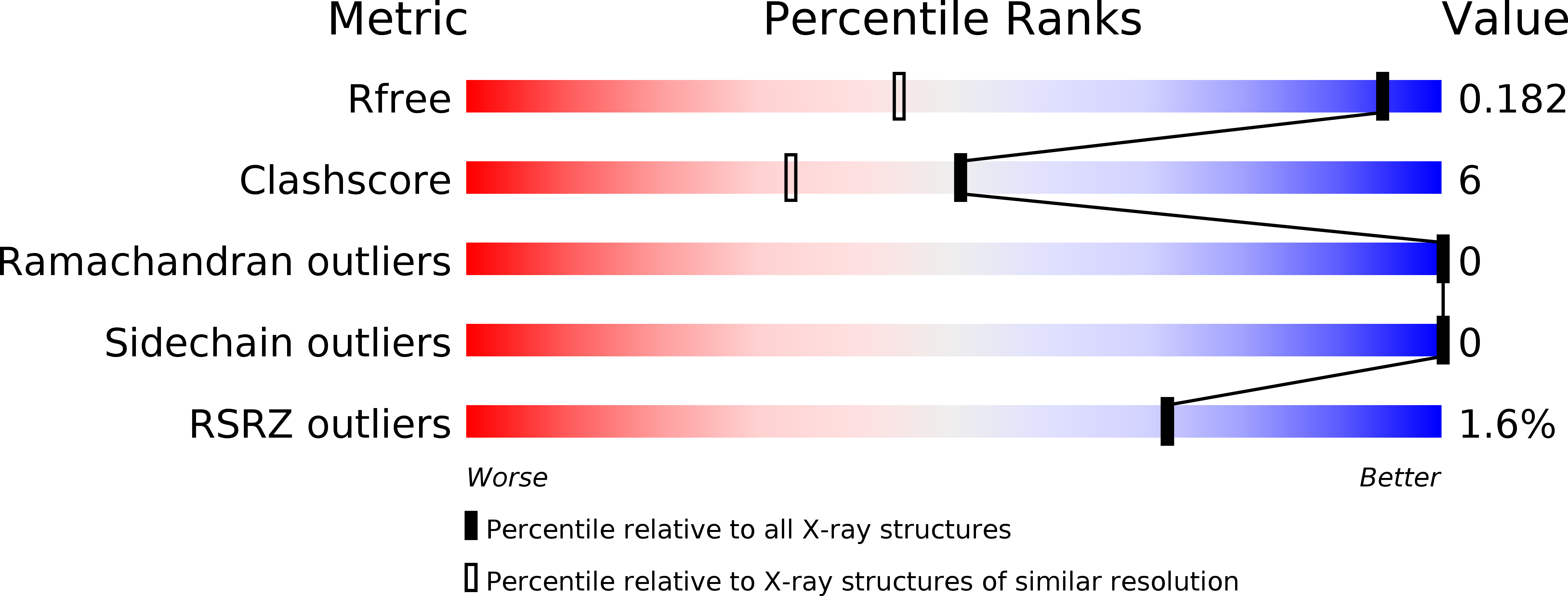
Deposition Date
2010-04-26
Release Date
2011-02-23
Last Version Date
2023-09-06
Entry Detail
PDB ID:
3MP9
Keywords:
Title:
Structure of Streptococcal protein G B1 domain at pH 3.0
Biological Source:
Source Organism:
Streptococcus sp. 'group G' (Taxon ID: 1320)
Host Organism:
Method Details:
Experimental Method:
Resolution:
1.20 Å
R-Value Free:
0.18
R-Value Work:
0.14
R-Value Observed:
0.14
Space Group:
P 32


